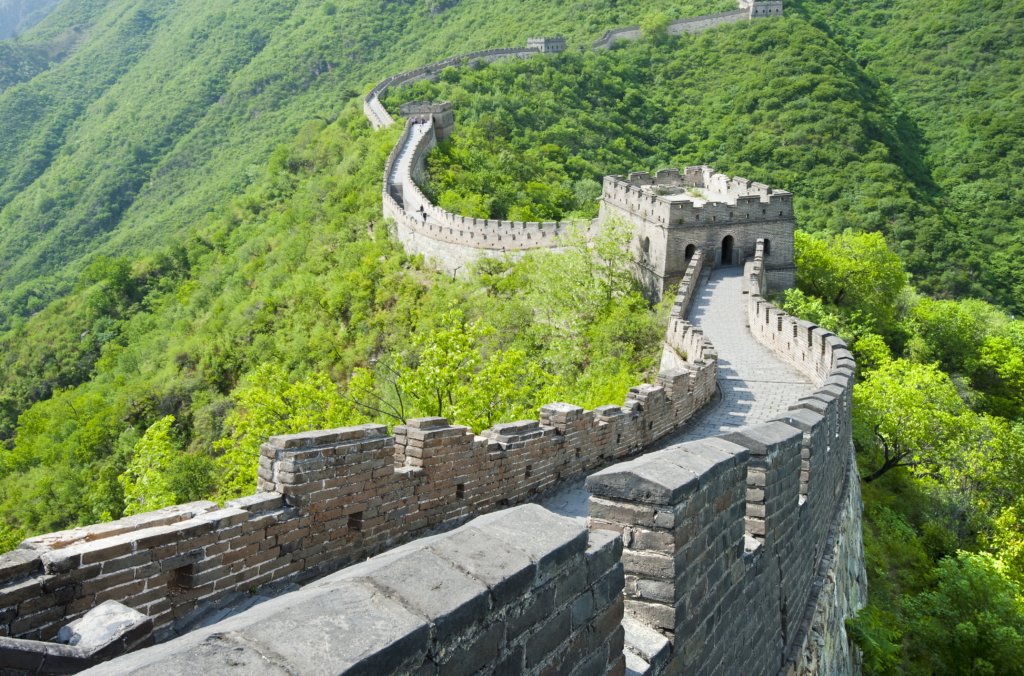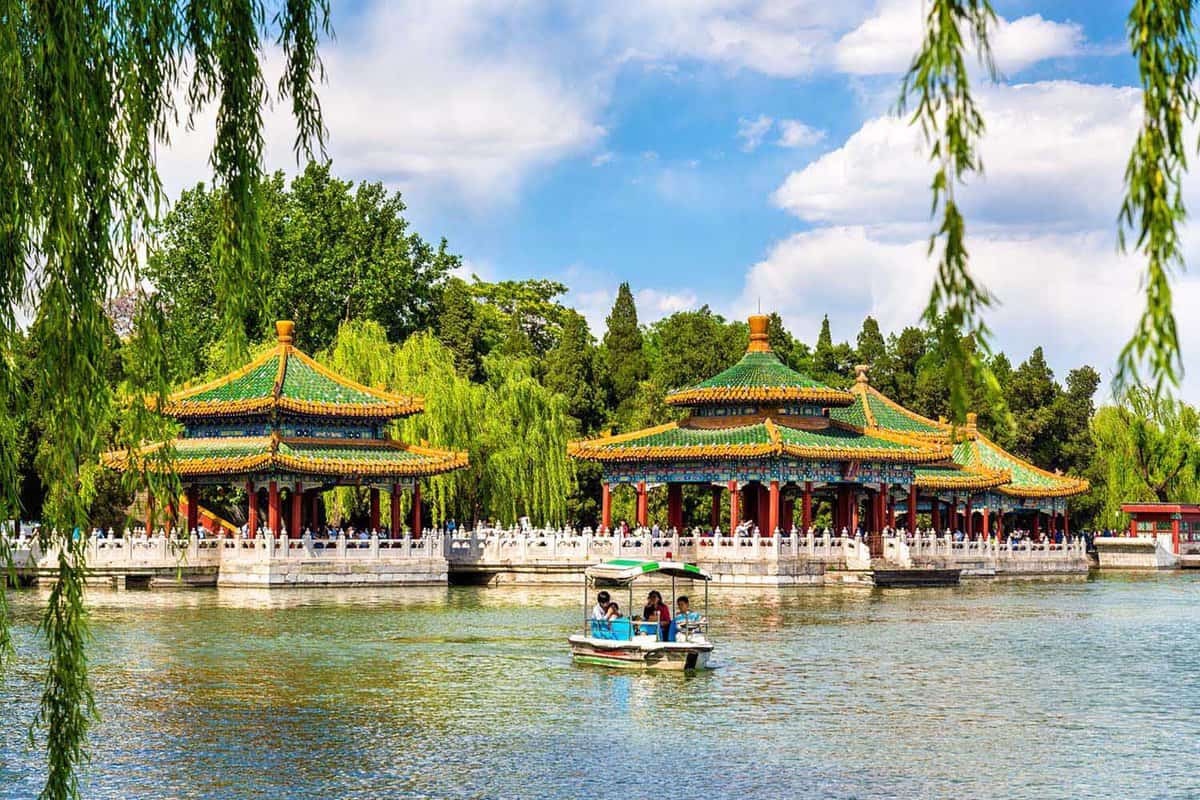Best Places to Visit Beijing, China
Beijing, the capital city of China, is a bustling metropolis that offers a perfect blend of ancient history and modern development. With its rich cultural heritage, iconic landmarks, delicious cuisine, and vibrant atmosphere, Beijing is a must-visit destination for any traveler. From the majestic Great Wall to the bustling streets of the city, there is something for everyone in Beijing. In this article, we will explore the best places to visit in Beijing and why they should be on your travel bucket list.
1. The Great Wall of China
The Great Wall of China is undoubtedly one of the most iconic landmarks in the world and a must-visit destination in Beijing. This ancient wonder stretches over 13,000 miles and was built over 2,000 years ago to protect the Chinese empire from invaders. The wall is made up of various sections, each with its unique features and level of difficulty. Some of the popular sections include Badaling, Mutianyu, and Jinshanling. Visitors can hike, take a cable car, or even toboggan down the wall while enjoying breathtaking views of the surrounding landscape.

History of the Great Wall
The construction of the Great Wall began in the 7th century BC and continued for centuries under different dynasties. It was initially built using earth and stones but was later reinforced with bricks and stones during the Ming Dynasty. The wall served as a military defense system, transportation route, and border control, making it an essential part of Chinese history and culture.
Tips for Visiting the Great Wall
- Wear comfortable shoes and clothing as the terrain can be challenging.
- Bring plenty of water and snacks as there are limited options available on the wall.
- Avoid visiting during peak tourist season (May-October) to avoid crowds.
- Consider hiring a guide to learn more about the history and significance of the wall.
2. Forbidden City
Located in the heart of Beijing, the Forbidden City is a massive complex that served as the imperial palace for over 500 years. It was home to 24 emperors of the Ming and Qing dynasties and is now a UNESCO World Heritage Site. The Forbidden City is a perfect example of traditional Chinese architecture and design, with its intricate details, colorful roofs, and beautiful gardens.

Highlights of the Forbidden City
- The Hall of Supreme Harmony, where the emperor held important ceremonies and meetings.
- The Palace Museum, which houses a vast collection of artifacts and treasures from the imperial era.
- The Imperial Garden, a tranquil oasis within the city, with beautiful pavilions, ponds, and ancient trees.
Tips for Visiting the Forbidden City
- Purchase tickets in advance to avoid long queues.
- Wear comfortable shoes as the complex is vast and requires a lot of walking.
- Consider hiring a guide to learn more about the history and significance of the palace.
- Visit early in the morning or late in the afternoon to avoid crowds.
3. Temple of Heaven
The Temple of Heaven is a magnificent religious complex that was built during the Ming Dynasty. It was used by emperors to pray for good harvests and offer sacrifices to the gods. The complex consists of several buildings, including the Hall of Prayer for Good Harvests, the Imperial Vault of Heaven, and the Circular Mound Altar. The temple’s unique architectural design and beautiful gardens make it a popular attraction among tourists.

Highlights of the Temple of Heaven
- The Hall of Prayer for Good Harvests, a circular building with a triple-eaved roof and intricate decorations.
- The Echo Wall, where visitors can whisper on one side and be heard clearly on the other side.
- The Imperial Vault of Heaven, a circular building with a single-eaved roof and a beautiful blue dome.
Tips for Visiting the Temple of Heaven
- Wear comfortable shoes as the complex is vast and requires a lot of walking.
- Visit early in the morning to avoid crowds and witness locals practicing tai chi and other traditional activities.
- Consider hiring a guide to learn more about the temple’s history and significance.
- Don’t miss the daily performances of traditional music and dance at the Hall of Prayer for Good Harvests.
4. Summer Palace
The Summer Palace is a beautiful imperial garden that served as a summer retreat for the royal family during the Qing Dynasty. It covers an area of over 700 acres and consists of various buildings, pavilions, gardens, and a large lake. The palace’s design is a perfect blend of traditional Chinese architecture and natural elements, making it a peaceful and scenic destination.

Highlights of the Summer Palace
- The Long Corridor, a covered walkway with over 8,000 paintings depicting Chinese history and mythology.
- The Marble Boat, a unique structure built entirely out of marble and used by the empress for boat rides on the lake.
- The Garden of Harmonious Interests, a beautiful garden with intricate rock formations, bridges, and pavilions.
Tips for Visiting the Summer Palace
- Wear comfortable shoes as the complex is vast and requires a lot of walking.
- Bring a camera to capture the stunning views of the lake and gardens.
- Consider taking a boat ride on the lake for a different perspective of the palace.
- Visit early in the morning or late in the afternoon to avoid crowds.
5. Hutongs
Hutongs are traditional narrow alleyways that were once the primary form of housing in Beijing. These alleys are lined with courtyard homes, small shops, and local restaurants, giving visitors a glimpse into the city’s traditional way of life. Many hutongs have been preserved and restored, making them popular tourist destinations.

Highlights of Hutongs
- The Drum and Bell Towers, two iconic landmarks in the hutongs that were used to announce the time during the imperial era.
- Nanluoguxiang, a popular hutong with trendy shops, cafes, and street food vendors.
- Houhai Lake, a picturesque lake surrounded by hutongs and a popular spot for nightlife.
Tips for Visiting Hutongs
- Wear comfortable shoes as the alleys can be narrow and uneven.
- Consider taking a guided tour to learn more about the history and culture of the hutongs.
- Try traditional Beijing snacks and dishes at local restaurants in the hutongs.
- Visit during the day to explore the alleyways and at night for a lively atmosphere.
6. Beihai Park
Beihai Park is a beautiful imperial garden located in the heart of Beijing. The Liao Dynasty built it, and it served as a royal garden for centuries.The park covers an area of over 170 acres and consists of various buildings, pavilions, gardens, and a large lake. It is a peaceful and scenic destination, perfect for a relaxing stroll or a picnic.

Highlights of Beihai Park
- The White Pagoda, a stunning structure that offers panoramic views of the park and the city.
- The Nine-Dragon Screen, a colorful and intricate wall made up of glazed tiles depicting nine dragons.
- The Circular City, a replica of the Forbidden City’s layout but on a smaller scale.
Tips for Visiting Beihai Park
- Wear comfortable shoes as the park is vast and requires a lot of walking.
- Bring a camera to capture the stunning views of the lake and gardens.
- Consider taking a boat ride on the lake for a different perspective of the park.
- Visit early in the morning or late in the afternoon to avoid crowds.
FAQs – Beijing, China
What is the best time to visit Beijing ?
The best time to visit Beijing is during the spring (April-May) and autumn (September-October) when the weather is pleasant, and there are fewer tourists.
Is it safe to visit Beijing ?
Yes, Beijing is generally a safe city for tourists. However, it is always advisable to take precautions and be aware of your surroundings.
What is the currency used in Beijing ?
The currency used in Beijing is the Chinese Yuan (CNY). A recommendation is to exchange currency at banks or authorized exchange offices.
What is the best way to get around Beijing ?
The most convenient way to get around Beijing is by using the subway system. Taxis and ride-hailing services are also available but can be more expensive.
What are some must-try dishes in Beijing ?
Some popular dishes to try in Beijing include Peking duck, dumplings, hot pot, and baozi (steamed buns).
Conclusion – Beijing, China
Beijing is a vibrant and diverse city that offers a perfect mix of ancient history and modern development. From iconic landmarks to traditional alleyways, there is something for everyone in this bustling metropolis. Whether history, culture, or food interests you, Beijing offers it all. So pack your bags and get ready to explore the best places to visit in Beijing.
